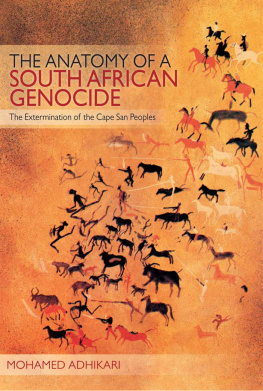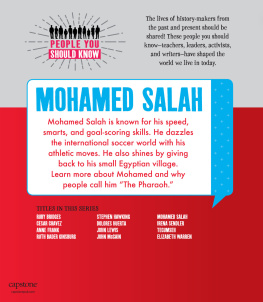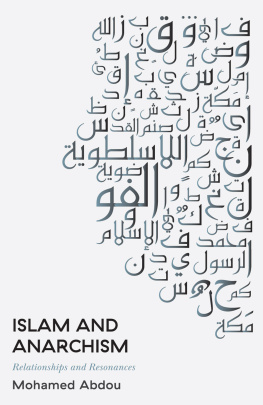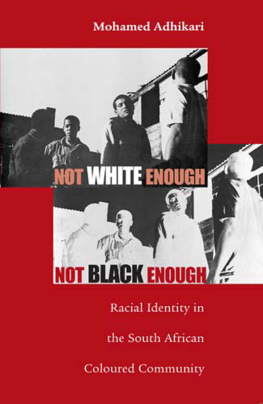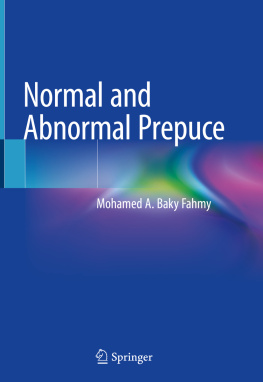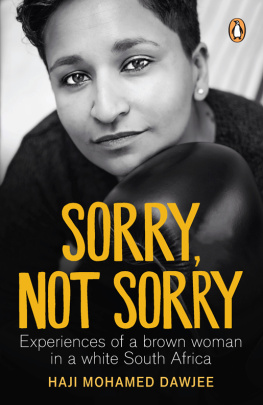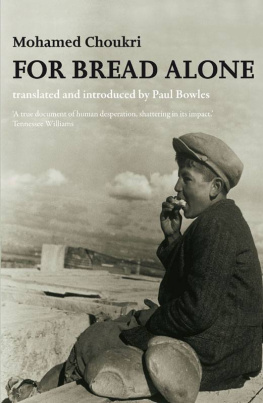Mohamed Adhikari - The Anatomy of a South African Genocide
Here you can read online Mohamed Adhikari - The Anatomy of a South African Genocide full text of the book (entire story) in english for free. Download pdf and epub, get meaning, cover and reviews about this ebook. year: 2011, publisher: Ohio University Press, genre: Politics. Description of the work, (preface) as well as reviews are available. Best literature library LitArk.com created for fans of good reading and offers a wide selection of genres:
Romance novel
Science fiction
Adventure
Detective
Science
History
Home and family
Prose
Art
Politics
Computer
Non-fiction
Religion
Business
Children
Humor
Choose a favorite category and find really read worthwhile books. Enjoy immersion in the world of imagination, feel the emotions of the characters or learn something new for yourself, make an fascinating discovery.
- Book:The Anatomy of a South African Genocide
- Author:
- Publisher:Ohio University Press
- Genre:
- Year:2011
- Rating:3 / 5
- Favourites:Add to favourites
- Your mark:
- 60
- 1
- 2
- 3
- 4
- 5
The Anatomy of a South African Genocide: summary, description and annotation
We offer to read an annotation, description, summary or preface (depends on what the author of the book "The Anatomy of a South African Genocide" wrote himself). If you haven't found the necessary information about the book — write in the comments, we will try to find it.
The Anatomy of a South African Genocide — read online for free the complete book (whole text) full work
Below is the text of the book, divided by pages. System saving the place of the last page read, allows you to conveniently read the book "The Anatomy of a South African Genocide" online for free, without having to search again every time where you left off. Put a bookmark, and you can go to the page where you finished reading at any time.
Font size:
Interval:
Bookmark:
1652 | DEIC established a refreshment station at Table Bay |
1676 | First official commando formed; against the Cochoqua Khoikhoi of the western Cape |
1699 | Ban on livestock trade lifted; many Khoikhoi dispossessed; ban reimposed in 1725 |
1700 | Occupation of Tulbagh basin; opening of the pastoral frontier |
1710s | Trekboers entered the Cederberg and Olifants River valley regions |
1714 | Loan farm system introduced; dispersed population into isolated groups across the landscape |
1715 | First official all-burgher commando |
1720s | Farmers started moving into the Bokkeveld region |
1739 | Subjugation of Bokkeveld Khoisan; commando duty made compulsory |
1740s | Trekboers reach escarpment of Roggeveld and Nieuweveld mountains |
1770s | Sneeuberg and Camdeboo districts settled |
1770s | Great increase in San resistance; halting of frontier advance; crisis for trekboer society |
1770s1798 | Open warfare against San on the northern and northeastern frontiers |
1772 | Roggeveld rebellion stoked both Khoisan and trekboer anxiety |
1774 | General commando of 250 militiamen; 503 San killed |
and 239 taken captive | |
1775 | Inboekseling system legalised; had existed informally |
before this | |
1777 | DEIC sanctioned indiscriminate killing of San; a genocidal moment |
1792 | Bounty placed on San captured by official commandos |
17951803 | First British occupation of the Cape to pre-empt French control |
1798 | Governor Macartneys reforms; livestock gifts, chiefs, missions, Bushmanland reserve |
1799 | Arrival of missionaries from the London Missionary Society; missions to San at Blydevooruitzicht Fontein (17991800); moved to Sak River (180006); Toornberg (181417); Hephzibah (181617); Ramah (181618); Konah (181618); Philippolis (182326); Caledon River (182833); Bushman Station (183946) |
180306 | Batavian rule; Macartneys reforms compromised |
1806 | Start of Second British occupation of the Cape; Macartneys reforms largely ignored |
1809 | Caledon Code tied Khoikhoi workers to employers through labour contracts |
1824 | Border of Cape Colony extended to the Orange River in the northeast |
1828 | Publication of John Philips Researches in South Africa; Ordinance 50 passed |
late 1820s 1830s | Intensified Griqua attacks on San in Griqualand West region |
1847 | Colonial border pushed to the Orange River in the north |
1850s | Sheep farming and copper mining put pressure on Bushmanland San |
1861 | Anthing heard of San massacres; moved to Kenhardt to investigate |
1863 | Anthing report tabled in parliament; disregarded by Cape government |
186869 | First Korana war along the Orange River; San participation |
1870s | Bleek and Lloyd started compiling linguistic and ethnographic record on /Xam |
187879 | Second Korana war along the Orange River; San participation |
Font size:
Interval:
Bookmark:
Similar books «The Anatomy of a South African Genocide»
Look at similar books to The Anatomy of a South African Genocide. We have selected literature similar in name and meaning in the hope of providing readers with more options to find new, interesting, not yet read works.
Discussion, reviews of the book The Anatomy of a South African Genocide and just readers' own opinions. Leave your comments, write what you think about the work, its meaning or the main characters. Specify what exactly you liked and what you didn't like, and why you think so.

